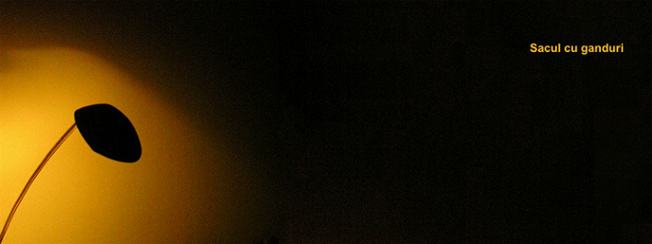When Robert Capa’s photographs of D-Day finally reached the Life magazine offices in London, it was nearly deadline. The invasion of Europe on June 6 1944 was the story. The pictures needed to be developed fast, passed by censors, then flown to New York. Life’s picture editor, John Morris, told the darkroom: “Rush, rush, rush!” The negatives came out “fabulous”. “Rush me prints!” said Morris. But minutes later, young Dennis Banks, who was developing the prints, ran sobbing into Morris’s office: “Capa’s films are all ruined!” Banks had tried to hurry things along by closing the doors of the wooden locker where the films were drying. Without ventilation, the emulsion had melted.
Morris studied the four ruined rolls. Three were empty. But on the fourth, he found 11 grainy images. “That was it, all right,” wrote Morris later. “D-Day would forever be known by these pictures.”



No comments:
Post a Comment